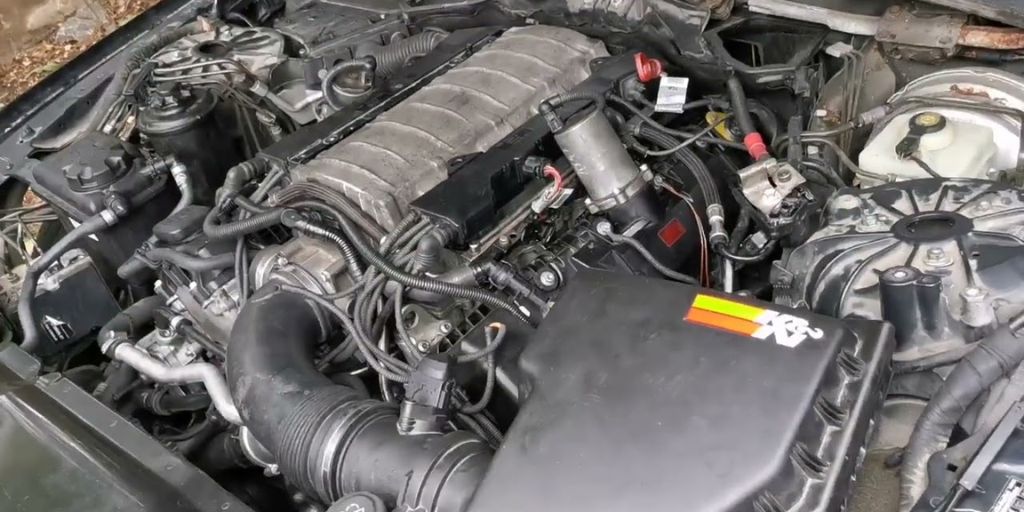Automotive reliability is a trait coveted by enthusiasts and daily drivers alike, forming the backbone of trust in a vehicle that often becomes an extension of one’s life and work.
The whispers of an engine’s longevity or its all-too-frequent breakdowns shape not only the legacy of a manufacturer but also the loyalty of consumers worldwide.
On one hand, certain V6 engines have garnered a reputation for being nearly indestructible, ticking past 300,000 miles with proper maintenance and care.
These powerplants have built stories of cross-country road trips, daily commutes, and family adventures spanning generations without ever once requiring a wrench for major internals.
Yet, for every hero engine that soldiers on for decades, there are stories on the opposite end of the spectrum V8S, despite their performance allure and historic credentials, sometimes succumb to design flaws or chronic reliability issues long before their time.
For owners, this often means the dreaded engine swap, introducing significant costs and downtime, shattering any illusions of invincibility.
This article brings both narratives together, shining a light first on five V6 engines renowned for crossing the legendary 300,000-mile threshold, highlighting what lifts them above the rest.
Afterwards, attention turns to five V8 engines infamous for early failures, unpacking why even giants sometimes stumble and why their reputations have been overshadowed by a need for early interventions.
Also Read: 5 Vehicles That Hold Original Paint Perfectly and 5 That Chip By Year 1
5 V6 Engines That Surpass 300,000 Miles
Few mechanical achievements inspire as much respect as an engine quietly ticking along after hundreds of thousands of miles, enduring countless journeys and varied conditions.
Among all configurations, certain V6 engines have become symbols of endurance, representing years of thoughtful engineering and relentless performance.
This section focuses on some of the most impressive examples, units that owners continue to praise decades after their odometers spun past expectations.
Writing about these engines becomes a celebration of excellence in automotive design and reliability. Many models equipped with these powerplants have become trusted family cars, relied on to start every morning regardless of weather, age, or mileage.
Their ability to consistently surpass 300,000 miles on original internals shifts the conversation about what long-term dependability truly means.
The vehicles housing these engines have often become legends within communities of mechanics and drivers alike, their sagas filled with high-mile adventures and stories of minimal repair costs. They are more than just machinery, they are testaments to what happens when manufacturers emphasize build quality and purpose-driven design.
Highlighting these engines is a nod to the workhorse ethos that every practical car enthusiast quietly respects, and provides insight into how reliability can transform a car into a cherished companion for life’s unfolding journey.
1. Toyota 1MZ-FE 3.0L V6
The Toyota 1MZ-FE V6, produced from the mid-1990s through the 2000s, quickly became synonymous with durability and smooth operation.
Known for its application in models such as the Toyota Camry, Avalon, and Sienna, this 3.0L V6 embodied Toyota’s reputation for building reliable, trouble-free engines.
Its design is a careful balance of simplicity and innovation, utilizing an aluminum block to save weight while prioritizing low maintenance costs and ease of service.
Reports from long-term owners and mechanics underscore the 1MZ-FE’s ability to reach and often soar past the 300,000-mile mark. Key factors include a straightforward timing belt system that, when serviced at recommended intervals, contributes to the engine’s longevity.
The absence of overly complex electronics and the use of high-quality materials throughout the valvetrain and internals have contributed to its reputation.
Enthusiasts often cite regular oil changes and simple upkeep as the only requirements to keep this engine running smoothly.
Writing about the 1MZ-FE is important because it serves as a benchmark for practical longevity, especially for those who prioritize minimal down time and maintenance expenses.
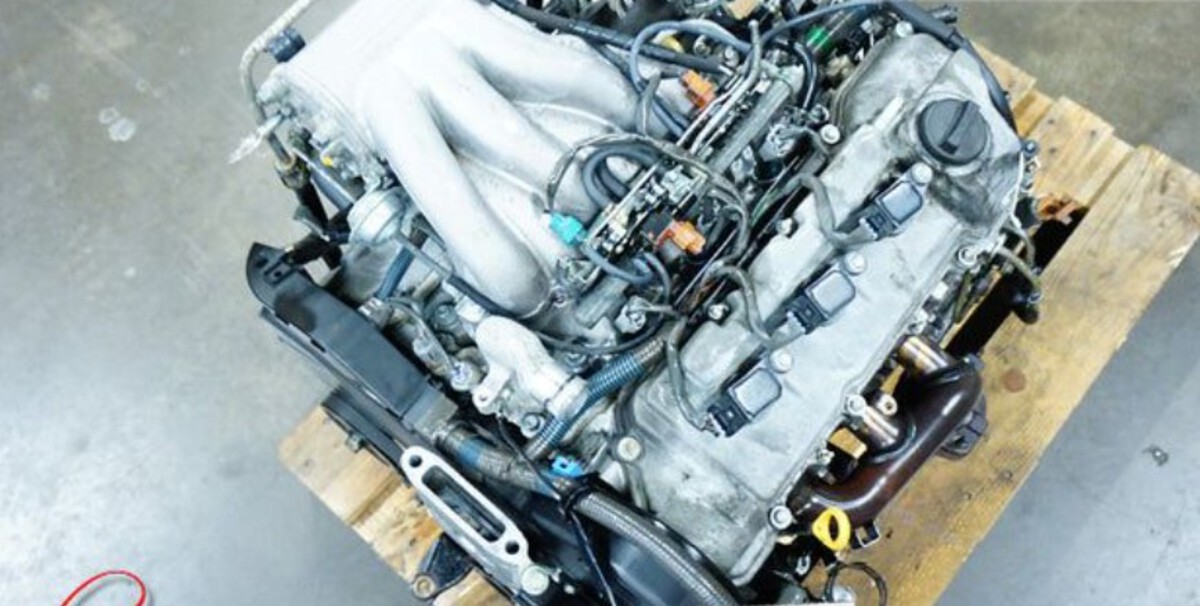
Many Camrys, Avalons, and Siennas continue to appear for sale with high mileage and original engines, a testament to the long-term value offered by this V6.
It demonstrates how thoughtful design and manufacturing discipline can yield machinery that delivers enduring service for families and businesses, making the 1MZ-FE a standout in the conversation on which engines truly earn the phrase “built to last.”
2. Honda J35 3.5L V6
Honda’s J35 3.5L V6, found in numerous Accords, Odysseys, Pilots, and Ridgelines, consistently receives high praise for its resilience and ease of maintenance.
Introduced as a follow-up to Honda’s earlier V6 designs, the J35 improved upon its predecessors with lightweight components, refined manufacturing processes, and careful attention to internal balance.
Honda’s devotion to durability is evident in this powerplant, with many real-world examples easily moving beyond the 300,000-mile mark without significant engine-related repairs.
What sets the J35 apart is its flexible character. Whether tasked with pulling a family minivan across town for a decade or hauling weekend toys in a Ridgeline, it maintains its composure. The engine utilizes a timing belt or chain depending on the version, with both setups designed for minimal interference if serviced on schedule.
High-quality seals, gaskets, and internal components ensure the J35 remains leak-free and robust over the years. Many owners tout the engine’s willingness to endure less-than-ideal maintenance while remaining reliable, and its adaptability to a wide range of driving styles.
This engine deserves attention due to its widespread influence on the reputation of modern Honda vehicles.

Detailing its reliability invites a closer look at how careful engineering and a commitment to customer satisfaction can result in an engine that continuously proves its worth, remaining a practical choice for everyday dependability and efficiency across multiple vehicle segments.
3. Nissan VQ35DE 3.5L V6
The Nissan VQ35DE 3.5L V6 stands as a pillar within Nissan’s engine lineup, renowned both for its energetic performance and exceptionally long service life. It powers a suite of Nissan vehicles, from the Maxima and Altima to the Pathfinder and 350Z sports car.
Introduced in the early 2000s, the VQ35DE incorporates an all-aluminum construction, DOHC architecture, and variable valve timing, balancing robust power with reliability sought by daily drivers.
Numerous reports detail these engines exceeding 300,000 miles when kept to a sensible maintenance schedule.
The VQ35DE benefits from high-quality component manufacturing and a clear focus on both heat management and oil control, factors that typically hasten an engine’s demise if overlooked.
Owners frequently mention that even after years of operation, the VQ35DE retains its original smoothness and output, a rarity for an engine subjected to varied use.
This engine is noteworthy not just for its mechanical longevity but also for helping elevate Nissan’s brand perception during the early 21st century as a “drivers’ manufacturer.”
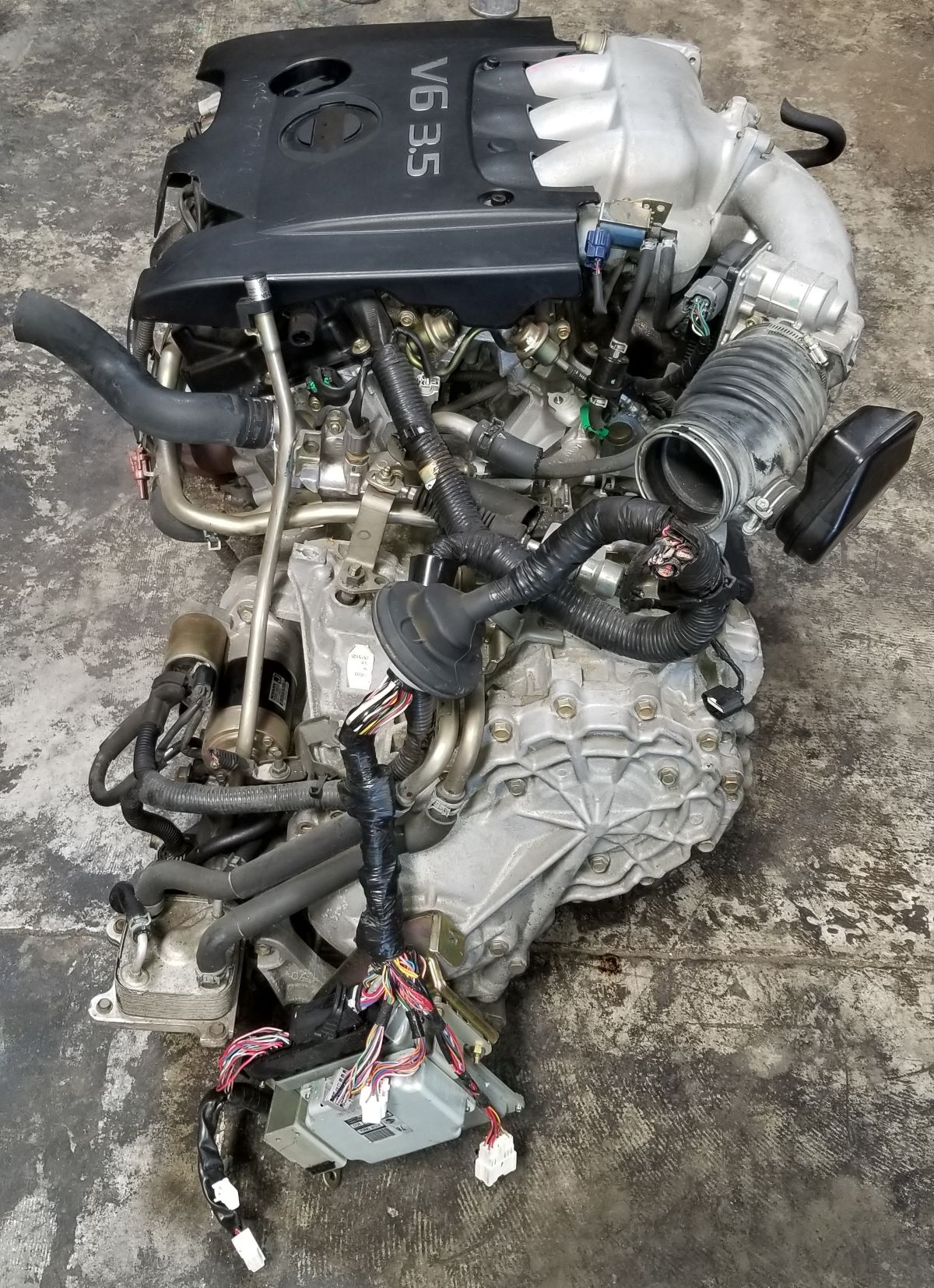
Chronicling its reliability is warranted because it shows that high-mileage performance and excitement can coexist, challenging the notion that only sedate or underpowered engines achieve this kind of endurance.
The VQ35DE remains a reminder that thoughtful engineering and a focus on customer experience can produce an engine that satisfies spirited drivers while also standing the test of time.
4. Ford Duratec 3.0L V6
Ford’s Duratec 3.0L V6, widely used from the late 1990s into the 2010s in vehicles such as the Ford Taurus, Escape, and Mercury Sable, has carved its place in the high-mileage hall of fame.
This engine, developed in collaboration with Porsche and Cosworth, utilizes an aluminum block and heads for weight savings and features a robust DOHC setup that keeps it running with little fuss.
Service records and user testimonials reveal that the Duratec V6 frequently logs upwards of 300,000 miles with little more than standard maintenance.
Its design supports ease of servicing, with accessible timing chains and minimal reliance on complicated electronic systems.
The Duratec platform shows resilience against common long-term issues seen in other engines, such as excessive oil consumption or head gasket failures, and owners often highlight straightforward repairs when parts do wear out over time.
Focusing on the Duratec is essential because it preserves Ford’s reputation for providing families and fleets with trustworthy, affordable vehicles.

It stands as an example that a domestic manufacturer can, and did, offer an engine with true longevity, allowing even high-mileage drivers to experience years of uninterrupted service.
The Duratec’s staying power demonstrates the enduring value of practical, well-executed engineering over gimmicks, resonating with generations who trust their cars to last the long haul.
5. GM 3800 Series II/III 3.8L V6
Few engines have inspired as much loyalty in North America as the GM 3800 V6, particularly the Series II and III versions produced from the mid-1990s through the 2000s.
Found under the hoods of Buicks, Pontiacs, Oldsmobiles, and other General Motors vehicles, the 3800 offers a rare blend of dependability, low operating costs, and surprisingly robust performance for its era.
These engines are celebrated for effortlessly crossing 300,000 miles with only routine servicing. The pushrod architecture, though modest by modern standards, lends itself to ease of maintenance and fewer moving parts that could fail over time.
The 3800 is also less demanding in terms of timing components, relying on a simple chain that seldom requires attention. Mechanics and owners alike recall engines that required little more than spark plug changes and oil changes for the majority of their lifespan.
Spotlighting the 3800 is important not just for its mechanical qualities but also for its role in maintaining the trust of families who relied on affordable sedans for decades. The stories behind high-mileage examples are deeply rooted in reliability and economy.
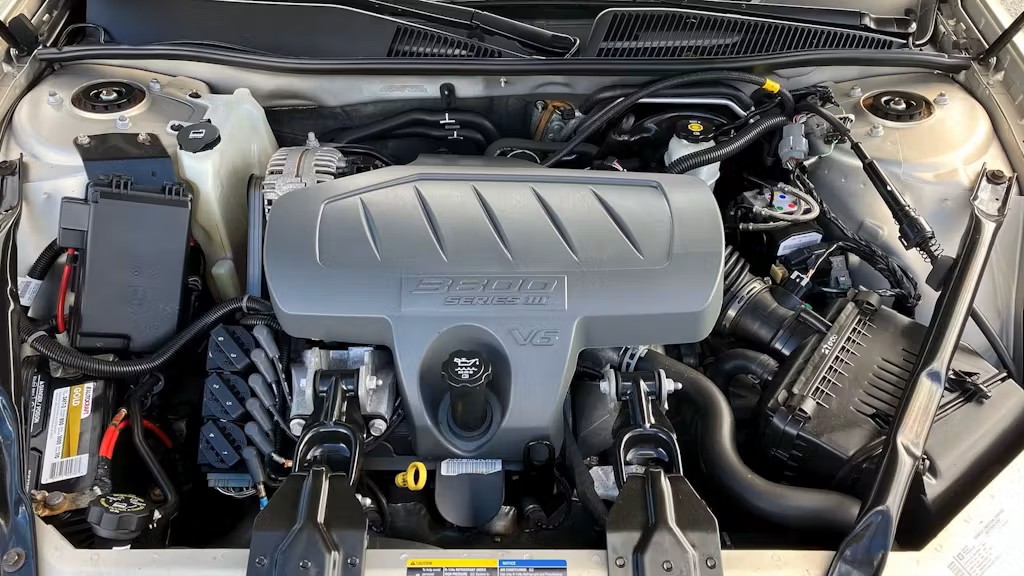
This powerplant remains a symbol of the kind of practical engineering that shaped the automotive landscape, solidifying the 3800’s place among engines that truly go the distance.
5 V8s Needing Engine Swaps
For many, the allure of a V8 engine promises excitement, torque, and a certain muscle car mystique. High expectations often surround these configurations due to their roles in flagship models and performance vehicles.
However, enthusiasm quickly fades when persistent reliability issues arise, cutting short a powerplant’s service life and forcing owners into costly engine swaps.
Manufactures might have aimed for performance, but overlooked long-term durability due to design missteps, cost-cutting measures, or unanticipated failure modes.
The following section shines a light on V8 engines that have, unfortunately, become known for their susceptibility to early demise or unplanned repairs.
Chronic problems often persist beyond a manageable fix, making a full engine replacement the preferable and sometimes only option.
Documenting these examples serves as a warning for would-be buyers, steering them clear of avoidable headaches and unnecessary expense while providing insight into the factors that undermine an engine’s longevity.
Exploring these engines is not about casting blame, but about learning from their history. By examining the issues that led to premature engine failure, readers gain perspective on the importance of robust engineering and transparent manufacturer communication.
These stories illustrate how the dream of V8 performance can sour if reliability is not given the respect it deserves.
1. Cadillac Northstar 4.6L V8
The Cadillac Northstar 4.6L V8, introduced in the early 1990s and used in various Cadillac models through the 2000s, was designed to reinvigorate Cadillac’s image with advanced engineering and spirited performance.
This engine featured an aluminum block, DOHC configuration, and a host of electronic controls for smooth operation, targeting luxury buyers accustomed to refinement and innovation.
However, the Northstar quickly gained notoriety for persistent head gasket failures, a problem that plagued thousands of owners.
The aluminum block and head design, combined with torque-to-yield head bolts, created a scenario where heat cycling and stress over time led to pulled threads and leaks.
Once the head gasket failed, owners faced either a major engine teardown or, more often, a complete engine swap due to the high repair cost and the lack of reliability after repair.
Focusing on the Northstar V8 is important for both historical reflection and guidance for potential buyers of used Cadillacs.
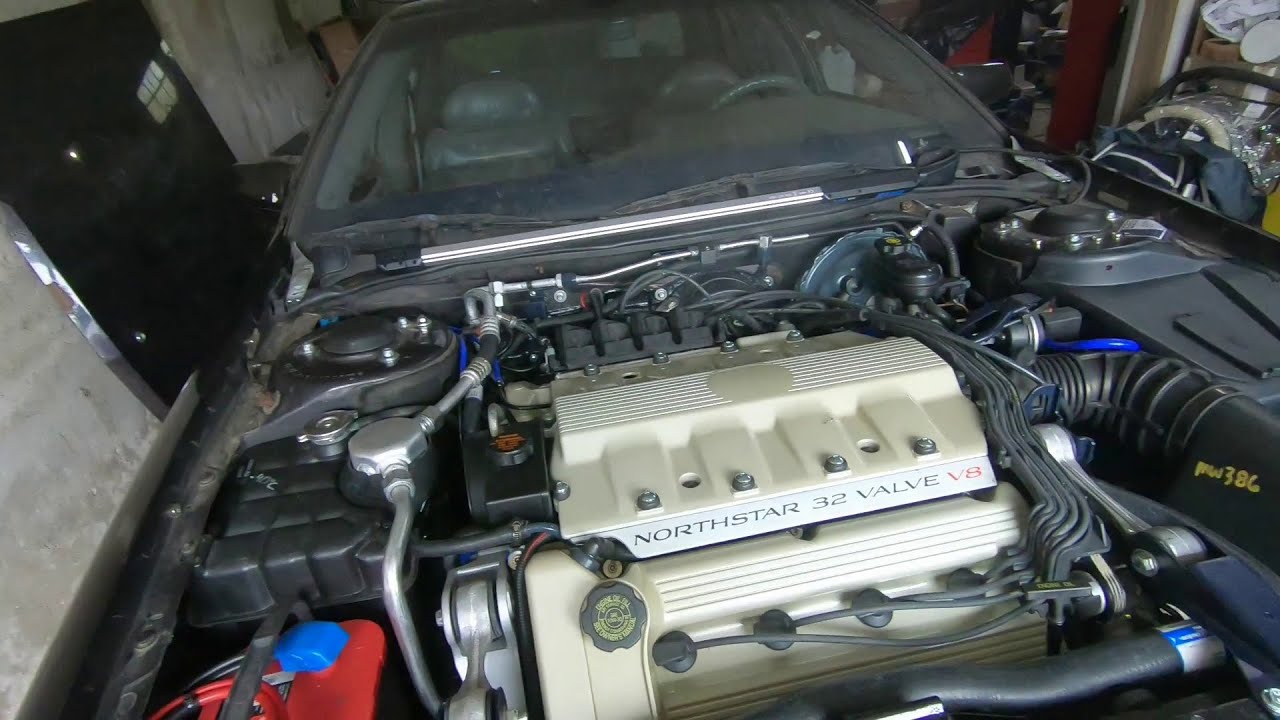
While the engine succeeded initially in presenting a modern image for Cadillac, its reputation was eroded by high maintenance costs and negative owner experiences. Understanding why the Northstar fell short despite its ambitious design reveals the critical role of durability in achieving lasting automotive success.
2. BMW N62 4.4L/4.8L V8
BMW’s N62 V8, offered across the company’s lineup from the early 2000s through the mid-2010s, powered models including the 5, 6, and 7 Series, X5, and more.
Featuring Valvetronic variable valve timing and an all-aluminum construction, the N62 was a showcase of BMW’s technical ambition, promising powerful and efficient performance.
However, the complexity of the N62 contributed to frequent, chronic reliability issues. Common problems include excessive oil leaks from poorly designed valve stem seals and gaskets, timing chain guide failures, and eventual internal component wear.
Cooling system weaknesses often exacerbated overheating, accelerating internal damage. Due to the high expense and labor required to address these issues, many owners found themselves opting for complete engine replacements once repairs surpassed the value of the vehicle.
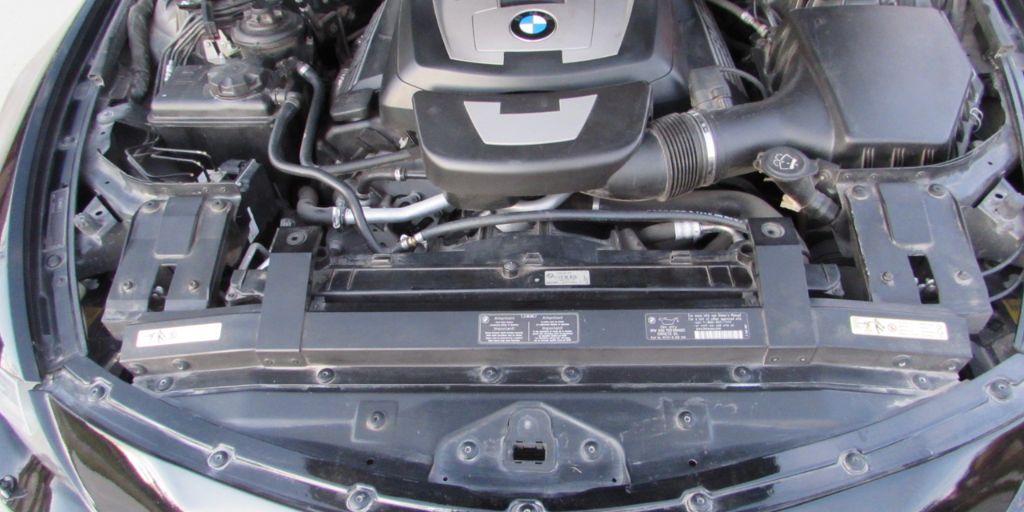
Documenting the N62 is necessary as it illustrates how modern engineering ambitions, particularly those that push new boundaries in complexity, can backfire if durability is sacrificed.
The experience of N62 owners serves as a cautionary lesson about the risks involved in prioritizing advanced features over well-proven reliability, making the N62 a high-profile entry in the discussion on engines that fail before their time.
3. Chevrolet LS1 5.7L V8
The Chevrolet LS1 5.7L V8, introduced in the late 1990s and powering vehicles like the Corvette and Camaro, was initially celebrated as a game-changer for American engine technology.
The LS series revolutionized performance with a lightweight aluminum block and a simple yet robust pushrod design.
Although many LS1 engines have exhibited remarkable longevity, certain early versions have displayed issues requiring engine swaps, particularly in high-mileage or heavily modified examples.
The challenges encountered stem largely from piston skirt wear and the early versions’ notoriously thin connecting rod bearings, which under extreme conditions can lead to catastrophic failures.
Additionally, certain models experienced overheating problems due to cooling system limitations, ultimately causing head gasket failures.
These factors, combined with the high-performance expectations placed on the LS1, mean that when maintenance or racing demands exceed standard use, the engine’s lifespan shortens considerably.
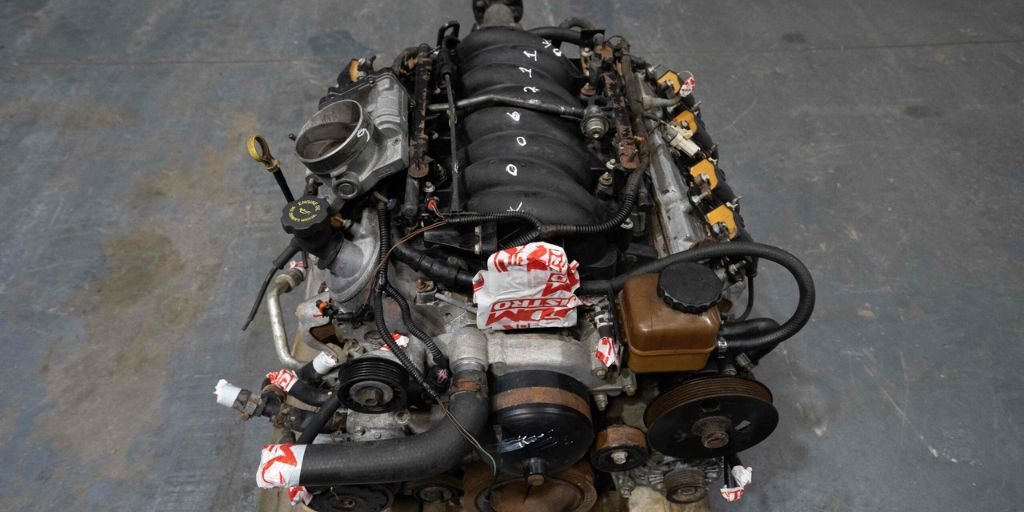
Discussing the LS1 highlights the balance between performance and durability. While the 5.7L V8 remains a favorite for tuners and car enthusiasts for its power potential, its reliability can be compromised without diligent upkeep or if pushed beyond its intended limits.
Recognizing these weaknesses prevents surprises for owners and helps maintain realistic expectations, especially for those considering these engines for long-term vehicles or restoration projects.
4. Dodge 5.7L HEMI V8 (First Generation)
Dodge’s first-generation 5.7L HEMI V8, reintroduced in the early 2000s, aimed to revive a storied nameplate with modern power and efficiency. Used in vehicles ranging from the Ram trucks to Chargers and Challengers, this engine delivered significant torque and horsepower.
Despite its potent performance and aggressive marketing, the initial iterations often faced reliability issues leading to early engine swaps.
Among the primary concerns were problems with cylinder liners and coolant passage corrosion, often causing overheating that could warp cylinder heads.
Additionally, the complex variable cam timing system experienced failures that, if untreated promptly, led to severe internal damage. The extensive use of aluminum components, though beneficial for weight savings, also contributed to durability problems, especially in heavy-duty or highly stressed applications.
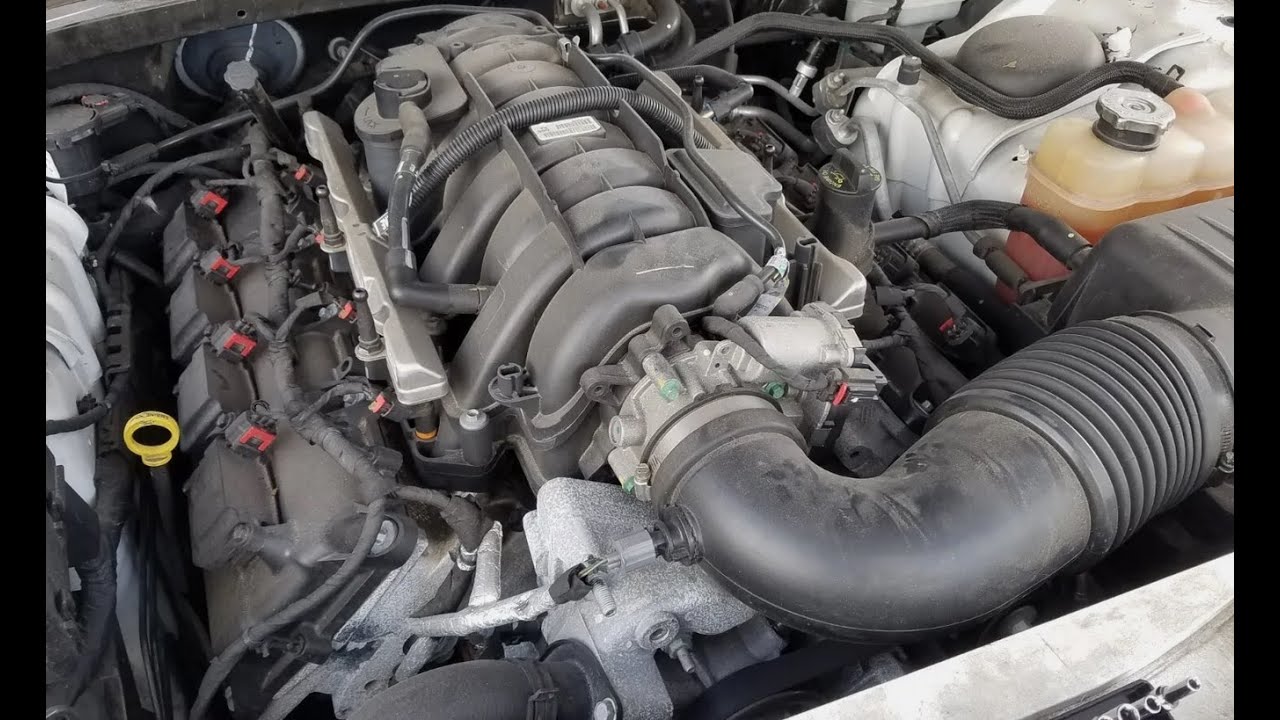
Writing about the first-generation HEMI is essential to clarify that performance prestige does not always translate to trouble-free ownership.
Understanding the early HEMI’s weak points offers practical knowledge to owners and buyers, emphasizing the need for meticulous maintenance and cautious driving habits to avoid expensive repairs or engine replacement.
5. Mercedes-Benz M113 5.0L/5.5L V8
The Mercedes-Benz M113 V8, powering numerous luxury vehicles between the late 1990s and mid-2000s, was initially praised for its smooth power delivery and refinement.
Yet, despite the premium badge, some versions of the M113 suffered from premature engine failure issues requiring swaps, a surprising development for a name synonymous with engineering excellence.
These problems often centered on timing chain tensioners and guides, which could degrade rapidly, leading to chain slack and subsequent valve damage.
The engine’s aluminum block and heads, while advanced for the time, occasionally exhibited vulnerabilities under higher mileage or harsher operating conditions. Also notable were issues with coolant leaks and oil pump failures that, left unaddressed, escalated into significant internal damage.
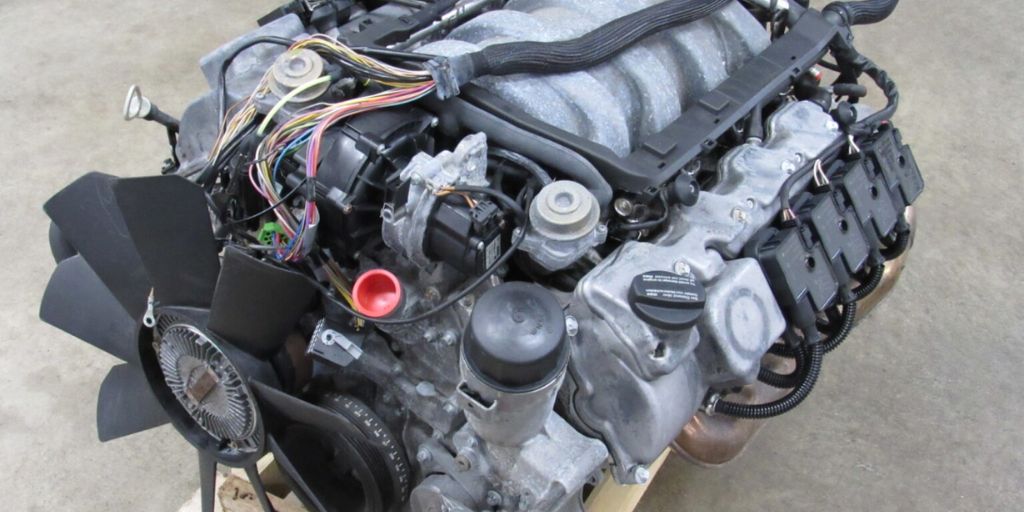
Highlighting the M113’s shortcomings serves as a reminder that even luxury engines are not immune to the pitfalls of design oversights and component wear.
Owners must remain vigilant, as preventive maintenance on critical subsystems can extend engine life, but failure to do so may result in inevitable and costly engine replacements.
Also Read: 5 Cars With Legendary Battery Life and 5 That Need Jumping Weekly

